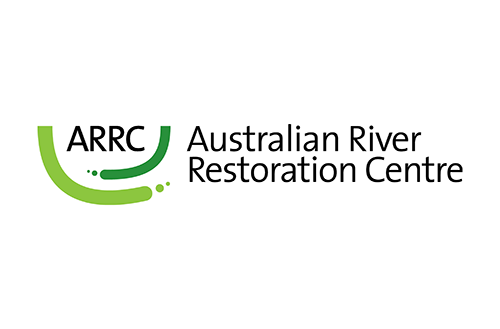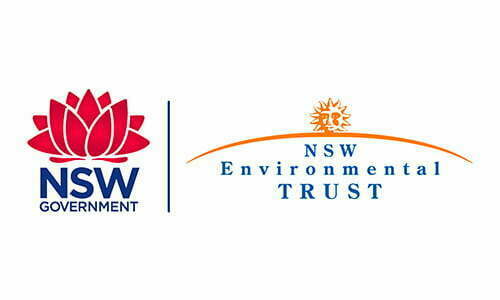In the lead-up to National Reconciliation Week (NRW) in Australia, it is vital to bring together diverse perspectives on river restoration. For almost three decades, NRW has urged all Australians to learn more about our shared stories, cultures, history, and explore how each of us can contribute to achieving reconciliation in Australia. This week of reflection and action remains on the same date every year, 27 May – 3 June, reflecting two major milestones: the successful 1967 referendum and the High Court Mabo decision, respectively.
This year, Rivers of Carbon embodied the NRW 2021 theme of “More Than a Word: Reconciliation Takes Action” by hosting a field day in Grabben Gullen. This event sought to bring together indigenous voices, local farmers, scientists, environmentalists and the broader community in a conversation around river care. We were grateful to meet on Ngunawal and Gundungurra lands at Garry Kadwell’s ‘Rosedale’ property. Garry has been an outstanding Rivers of Carbon farmer since 2019, increasing biodiversity and waterway health on his property.
With a fantastic turnout of 50 people, the day began with everyone gathered around a campfire enjoying morning tea. After introductions by Lori Gould (Rivers of Carbon) and Siwan Lovett (Australian River Restoration Centre), we jumped into the day with a lesson by Aaron Chatfield, a Gamilaroi man, who runs his business Dreamtime Connections which is all about sharing Aboriginal culture and knowledge. Aaron presented an interactive showcase on cultural tools and Aboriginal plant uses for medicine and food, helping to highlight the importance of Indigenous knowledge in current landscape conservation. Aaron’s native flora presentation was well-received by all, with plenty of insightful questions from the audience!
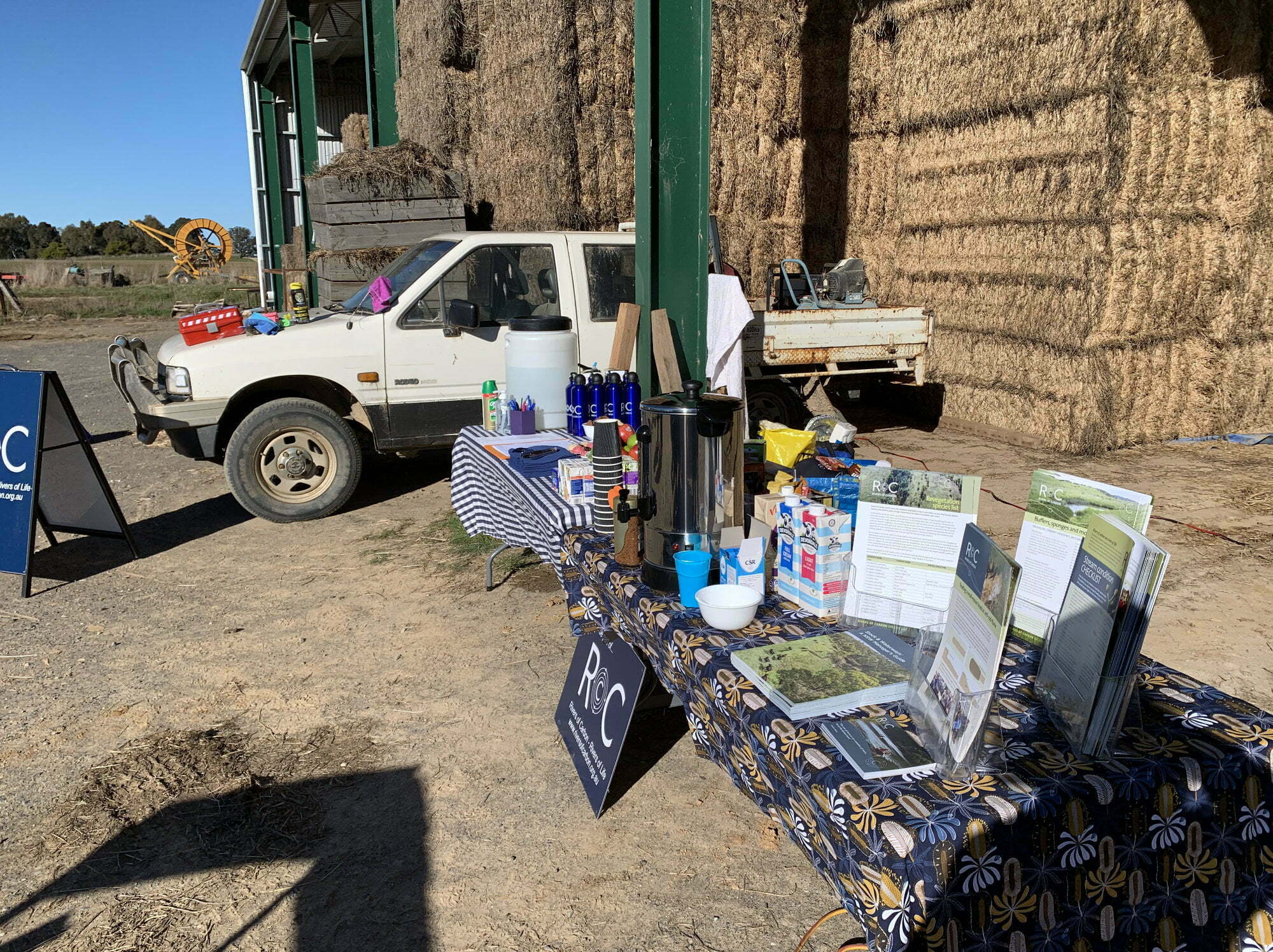
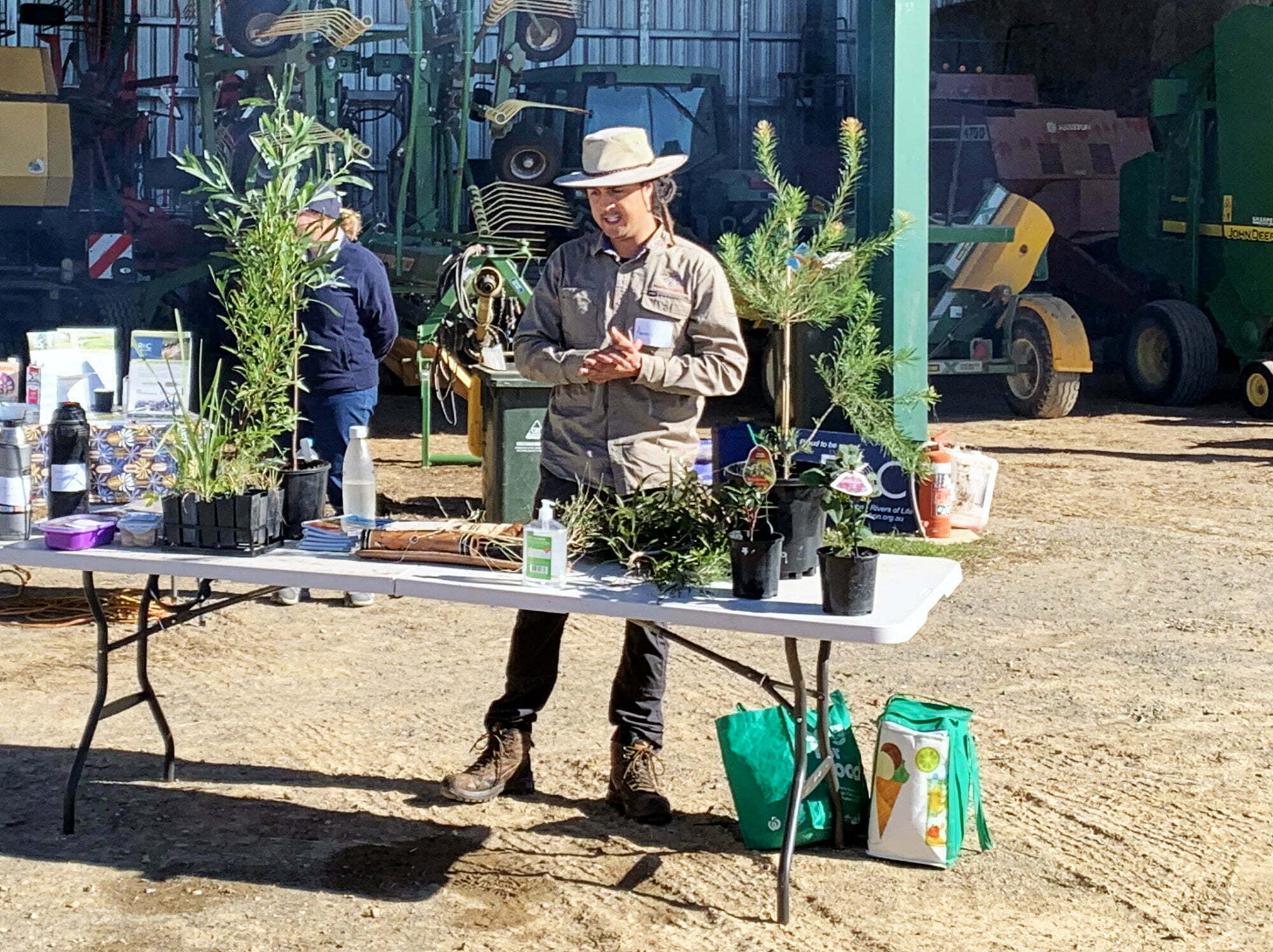
“Landholder knowledge of bush tucker and Indigenous uses creates a more informed approach to balancing farm productivity with regenerative agriculture”
– Field day attendee
“Input on land management from Indigenous perspectives should be included in all such events”
– Field day attendee
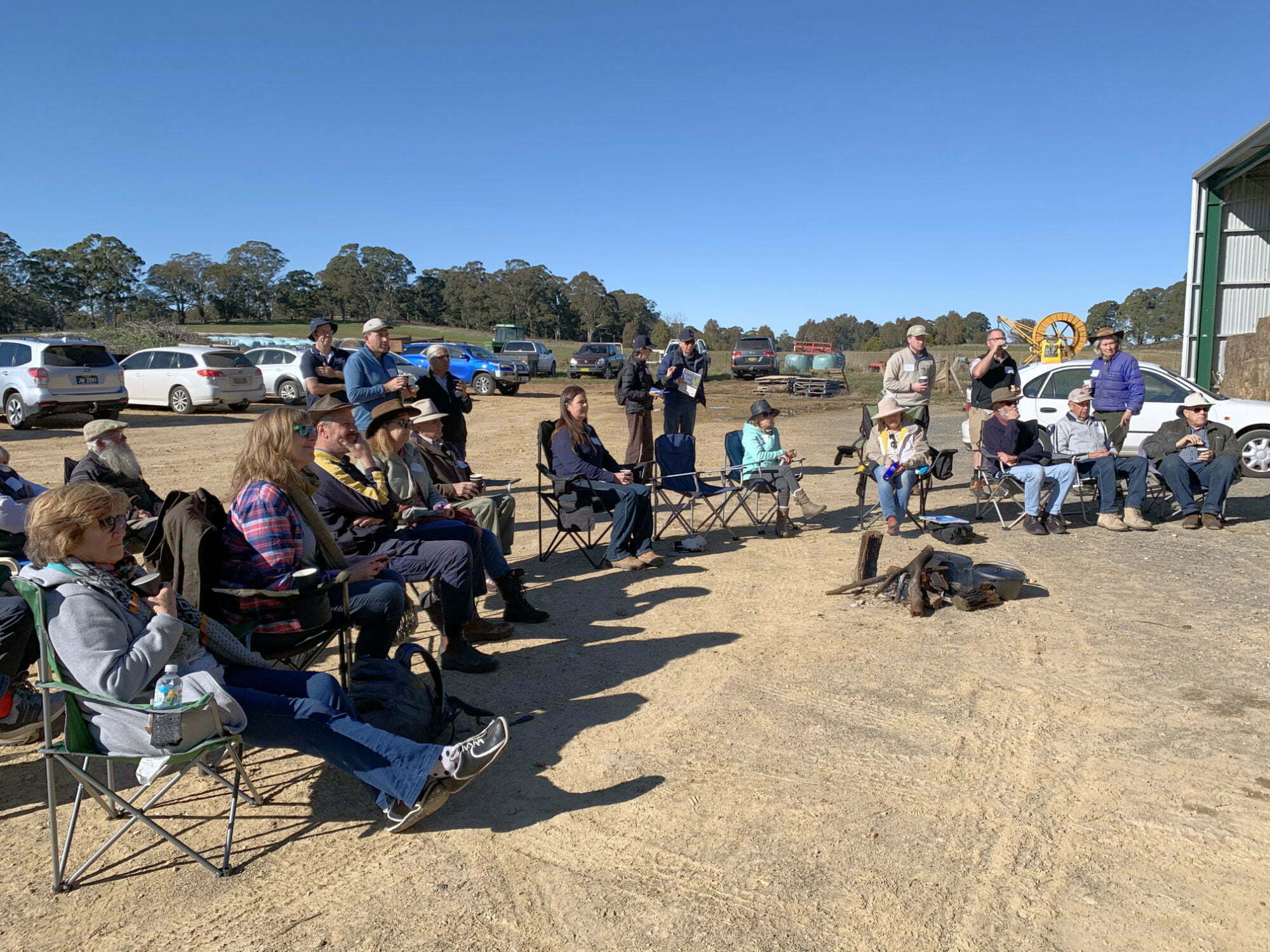
In the continued commitment to include Indigenous voices on river restoration, Rivers of Carbon unveiled a beautiful piece of Indigenous art created by Richie Allen, a Ngunnawal artist living in Canberra. The piece represents an Indigenous perspective of water flowing through a landscape, noting that the two are not distinct or separate but rather inextricably linked. The vibrant gold river flowing diagonally through the landscape connects, never dividing, the two sides. Tracks of native animals line the river banks, highlighting the importance for riparian areas for native wildlife habitat. The intentional use of vibrant colours illustrates the role modern river care has in rejuvenating Australian landscapes.


A refill of water bottles, a mandarin and a lemon myrtle biscuit later, and it was time to hit the road in Garry Kadwell’s tour mobile trailer! After the crowd piled on, we bumped along the dirt roads to our first revegetation site for the day at the head of the Crookwell River. While there wasn’t much water flow during our visit, Garry informed the group that it fills up quickly with rainfalls and hydrates the surrounding marshlands. The block of land had been fenced off to prevent stock from disrupting the revegetation process. This protects the land from stock grazing the area too early, and allows trees and shrubs to establish themselves. This results in sturdy ground cover, avoiding unnecessary riverbank soil erosion.
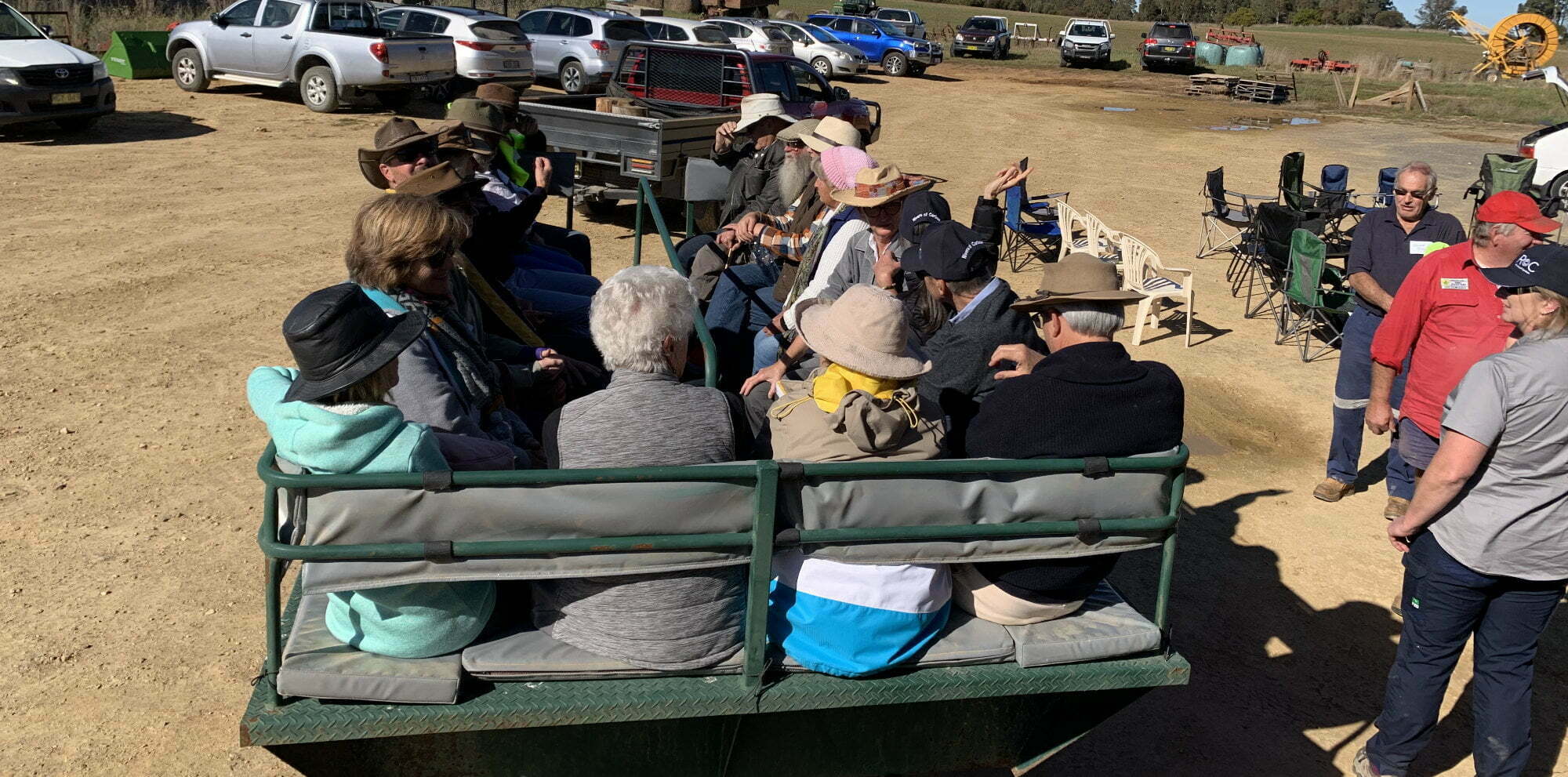
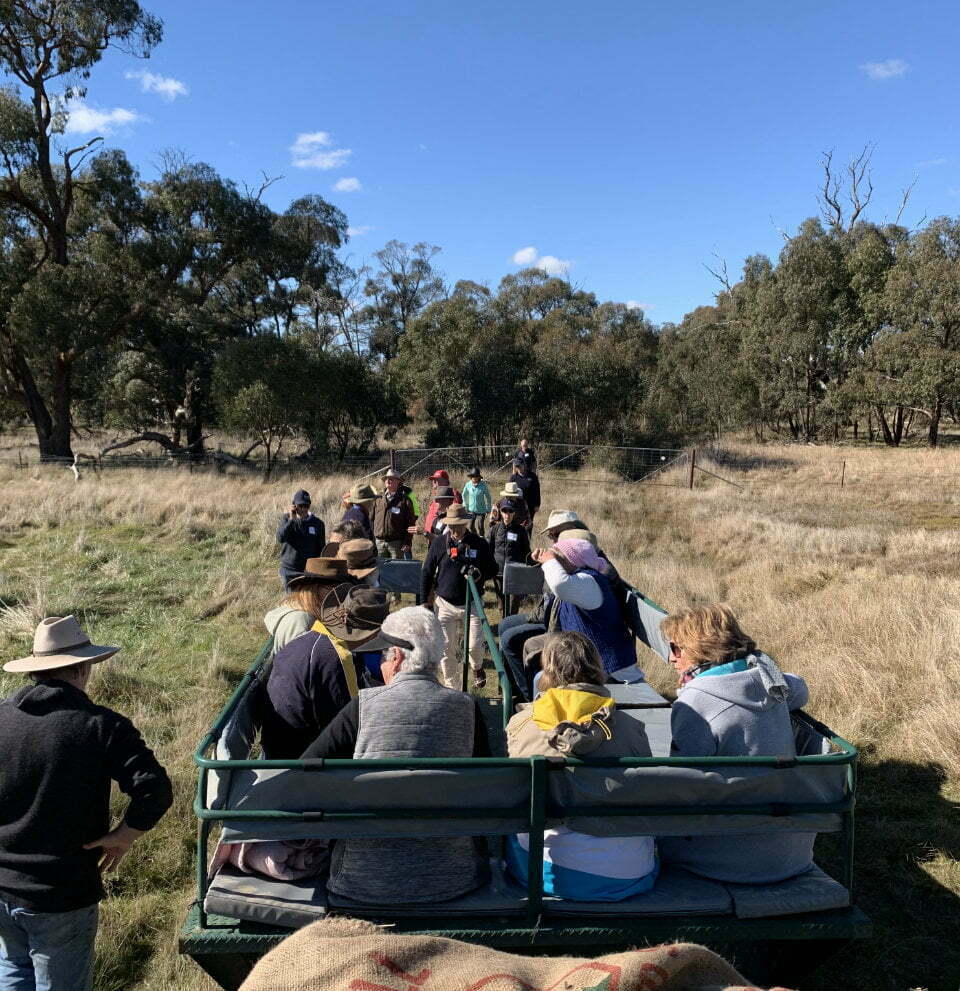
Garry also undertook works to extend a chain of ponds with varying depths to actively slow the head water down. High velocity flows can quickly erode river banks and fill up with sediment. These sediment-rich waters act as poor quality drinking water for stock and native plants and animals – a lose-lose scenario. The chain of ponds on Garry’s place has slowed the river waters enough to result in clean water that is safe for stock consumption and other native species. The group was especially interested in this site, as many of them own land with waterways. Garry’s approach and success with riparian revegetation and restoration was inspiring to all!

The next stop on the farm tour was Garry’s largest transformation to the landscape, a wetland for native migratory birds. This addition was designed to increase numbers and land dedicated for bird breeding. The crowd was able to identify black swans, musk ducks, swamp hens and grebes enjoying this beautiful part of his property. The photos below show the fantastic regrowth of reeds and grasses around the water’s edge including lomandra, kangaroo grass and river tussock. These species protect the soil from erosion and filter the water to ensure a clean environment.
“Gerry’s knowledge of his local environment and implementation of environmentally-conscious farming practices is a great example of what is possible and what is necessary for nurturing the planet into the future”
– Field day attendee
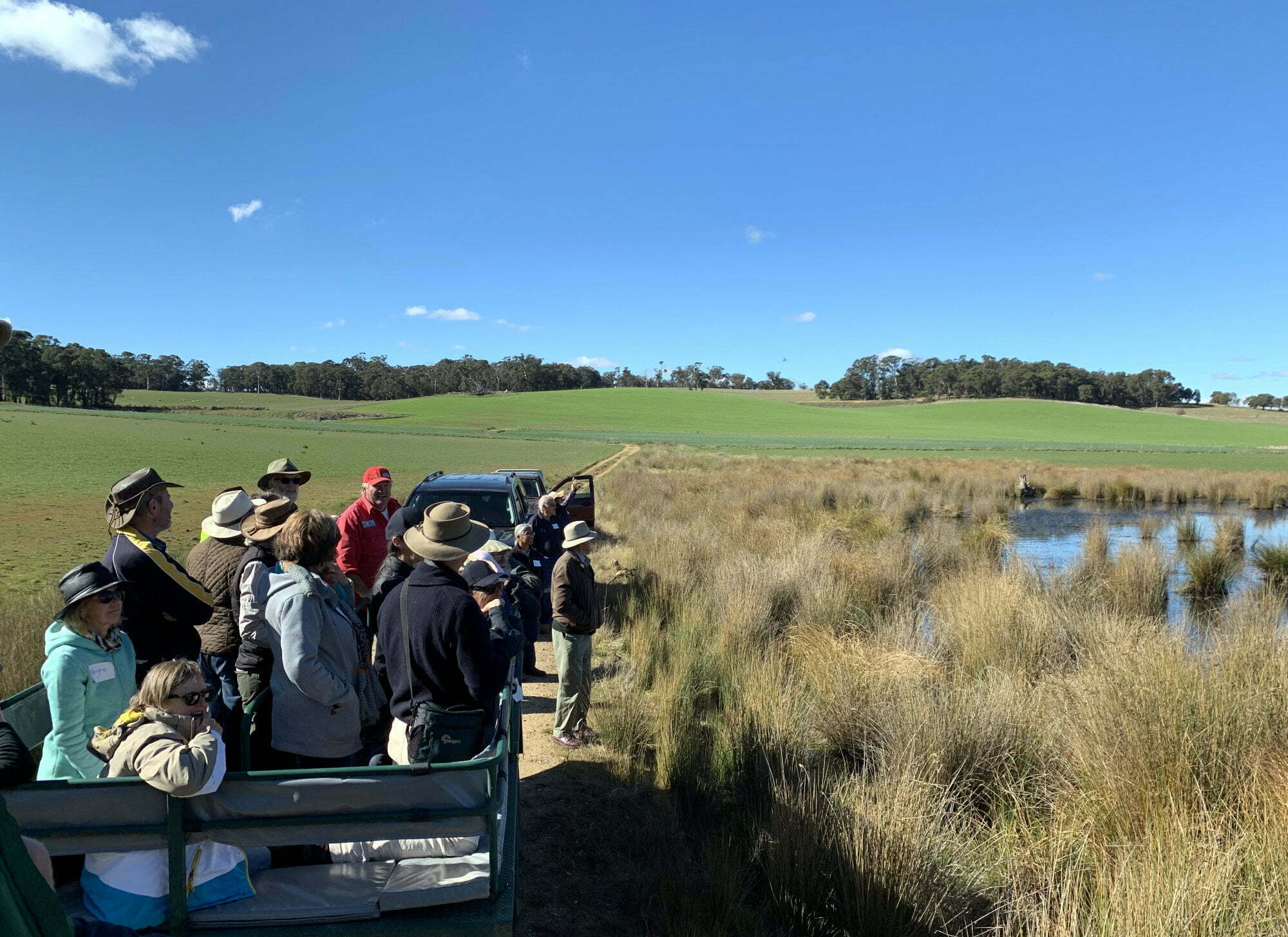
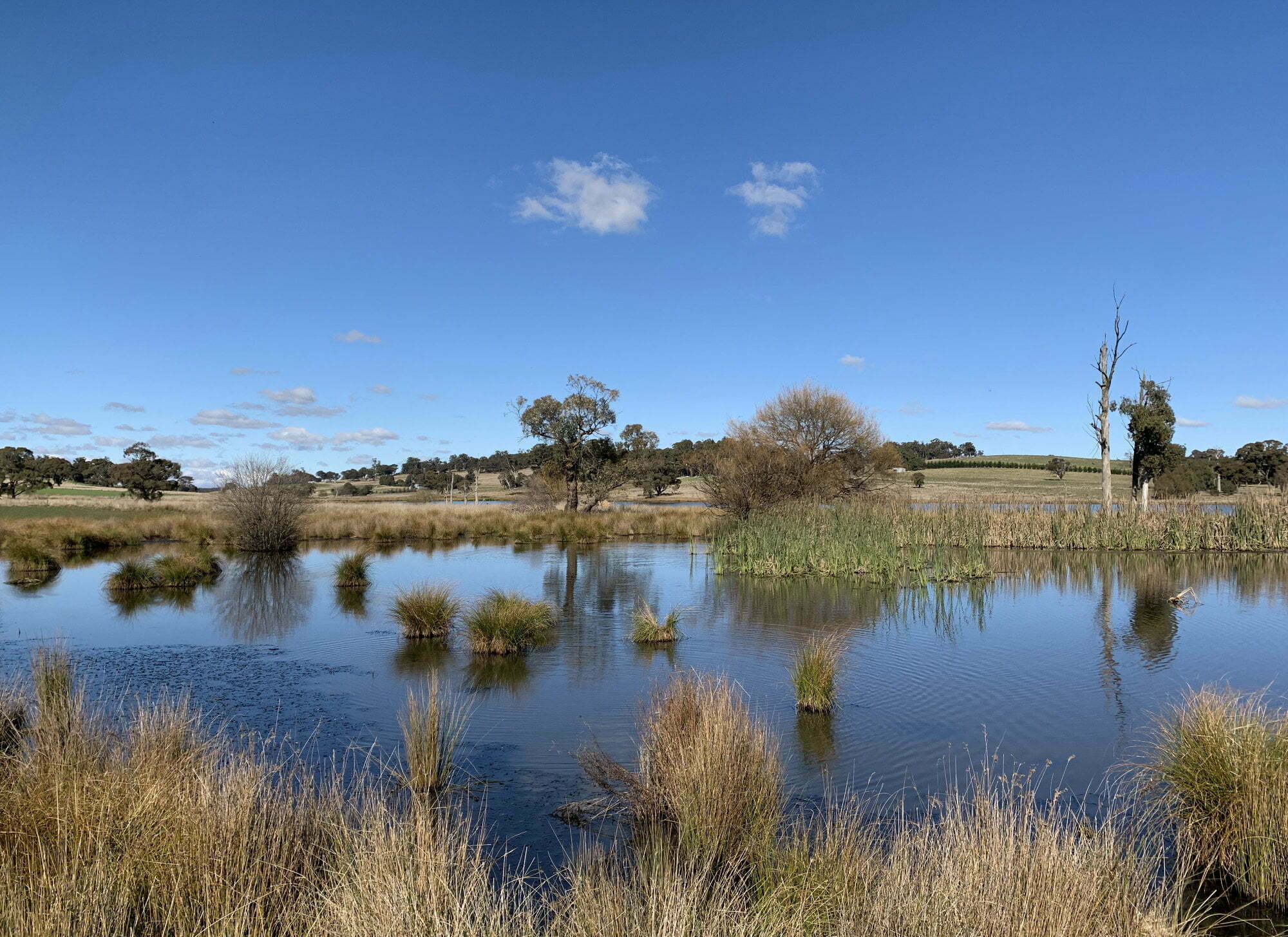
The Rosedale property has made immense progress towards increasing biodiversity and riparian land management through revegetation projects, but it doesn’t stop there! Garry has recently purchased a 1,000 acre block of land across the road to continue his conservation efforts. When first purchased, this property had pattocks covered in invasive grasses such as Scotch Thistle. Through mulching and cool burning, the invasive species were cleared. This left room for grass and allowed sheep grazing to return. Many additional pond chains were created on this property to slow and filter water in the landscape.
This is his most recent project with Rivers of Carbon – Grabben Gullen which is focused on revegetation for the purpose of conservation. In a 200 Ha area we are working with Garry to create an incredible opportunity for native species to recolonise the area. Revegetation will include a variety of species including Apple Box (E.bridgesiana), Silver Wattle (Acacia dealbata), Candlebark (E.rubida), Blackthorn (Bursaria spinosa) and River Bottlebrush (Callistemon sieberi). This project comes to a close later this year.
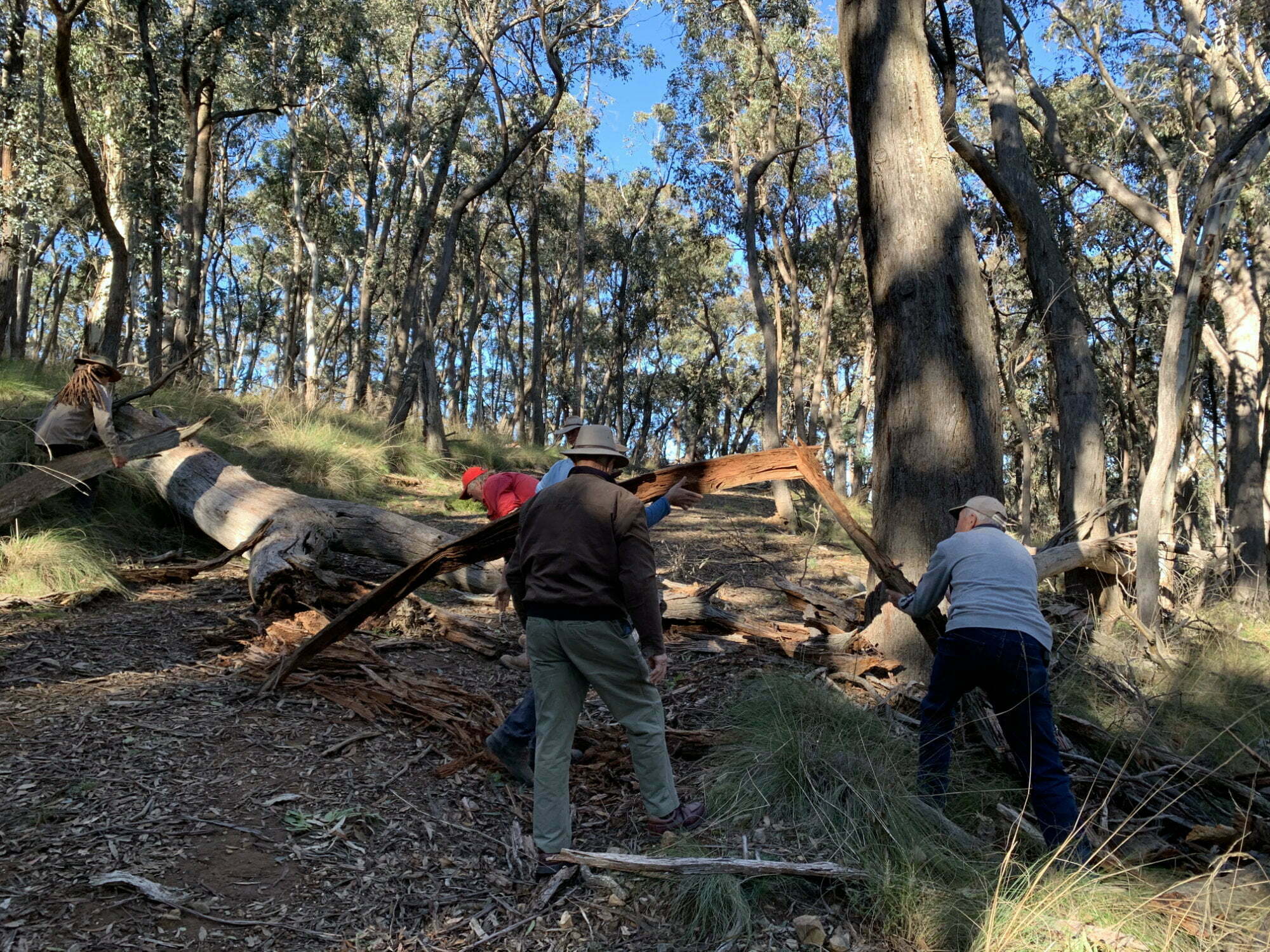
“The content was diverse and inspirational, and the relaxed atmosphere was conducive to learning new and integrated land care practices”
– Field day attendee
When the trailer pulled up to the wool shed, it was time to call it a day. It was a thoroughly successful field visit by all accounts! Thank you to Garry Kadwell for hosting us and the entire group for coming along to contribute their perspectives and questions. We hope everyone learned a thing or two about how land revegetation can promote biodiversity, farm productivity, and river health!
Grabben Gullen Project
The name Grabben Gullen is from Aboriginal language and means “small waters”, a name chosen due to the numerous small streams in the area which feed into the Lachlan River. Grabben Gullen was identified as a focus area for RoC due to the high level of interest the farming community has expressed in addressing soil and habitat loss as contributors to declining water quality, as well as shade and shelter for farm animals and wildlife.
